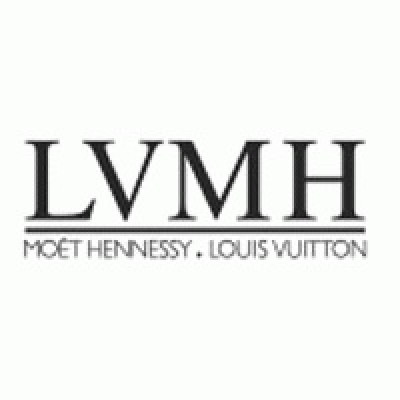Following an internal study in 2009, LVMH, the French multinational luxury goods conglomerate that includes brands such as Louis Vuitton, Hermes, Kering and others, announced that while a majority of its workforce were women, those women held few senior management positions.
LVMH wasn’t alone, however. Across 50 major fashion brands studied by Business of Fashion, only seven (14 percent) are run by women, and about 25 percent of board members of publicly traded fashion and luxury companies are women — despite the fact that women comprise 85 percent of the customer base in the fashion industry.
In response to LVMH’s findings, Chantal Gaemperlé, the company’s executive vice president of human resources and synergies, launched EllesVMH, an initiative that began with an exhibition to celebrate women employees and has evolved into a multipronged program to ensure high-potential women advance to senior leadership positions.
As the program has evolved, LVMH has set defined goals for it. In 2015, 40 percent of the workers on brand executive committees should be women. It was 26 percent in 2010. To help it reach this goal, LVMH has put several steps into place:
- established regional networks in key markets to cultivate a sense of community amongst women in senior positions;
- identified high-potential women and inviting external experts to coach them on how to overcome four key career obstacles that many women face — ambition, work-life balance, self-marketing and geographical exposure;
- made rigorous analysis of women’s advancement a requirement for the annual reviews of each brand; and
- required recruiters to put forward at least one female candidate for every senior role they were hired to fill.
Not only is giving women equal representation in the C-suite the right thing to do, it makes perfect business sense as well. A 2014 report by the Anita Borg Institute found that Fortune 500 companies with three or more female directors saw at least 66 percent greater return on invested capital (ROIC) and at least 42 percent greater sales versus companies with fewer women directors.
Furthermore, the EllesVMH initiative is a savvy public relations move, Gaemperlé told Business of Fashion. “It improves our reputation as a brand,” she notes. “HR is about marketing too. People are interested in what kind of culture they’re going to join. They think, ‘How am I going to find my way in such an organization? Is it sensitive to addressing particular hurdles in my career?’”
It’s Working … But There’s Still More to Do
LVMH’s EllesVMH initiative is helping to get women into leadership positions at the company. Thirty-eight percent of executive committee members in the group’s brands are now women, just shy of the initiative’s stated goal of 40 percent by 2015. Yet there’s still of work left to be done. Of the 12 members on the group executive committee of LVMH, Gaemperlé is the only woman, and only four of the company’s 17 board members are women. At the 14 fashion and leather goods brands owned by LVMH, only three have female CEOs: Lisa Montague at Loewe; Caroline Brown at Donna Karan; and Laudomia Pucci (acting CEO at Pucci).
Progress is being made, however, and for that Gaemperlé takes great pride. “We’re developing and creating dreams.”
